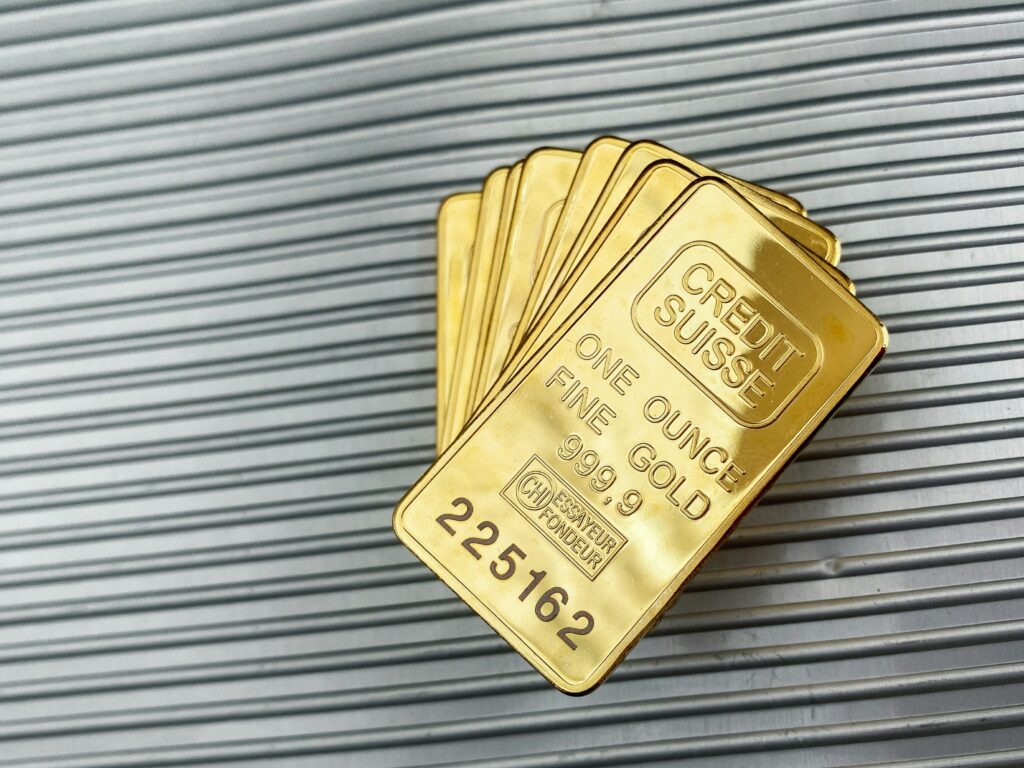Gold continues its record-breaking rally, surpassing $2,870 per ounce, driven by central bank purchases, inflation concerns, and deglobalisation fears.
Since the beginning of the year, gold has climbed nearly 10%, marking its fastest growth pace since 1980.
Investors wonder whether this rally signals a new era for gold, as economic instability fuels demand for safe-haven assets.
Several macroeconomic forces are pushing gold higher, echoing past financial crises, says Otavio Costa, strategist at Crescat Capital.
Government debt levels have reached historic highs, similar to the debt problems of the 1940s.
Inflation concerns mirror the economic challenges of the 1970s, while equity market valuations resemble those of the 1920s and 1990s.
With the G7 shifting toward deglobalisation and manufacturing revitalisation, gold has become a hedge against financial instability.
Central banks have led the gold-buying spree, purchasing over 1,000 tonnes for the third consecutive year, according to the World Gold Council.
Goldman Sachs reports that since Russia’s central bank assets were frozen in 2022, global gold demand has surged fivefold.
US trade tariffs on China, imposed on February 4, further boosted gold demand, as investors seek safe-haven assets.
Meanwhile, reports suggest gold supply disruptions in London, with traders scrambling to secure shipments to the US.
Despite the bullish outlook, experts remain divided on whether gold’s rally marks a long-term shift or another market cycle.


